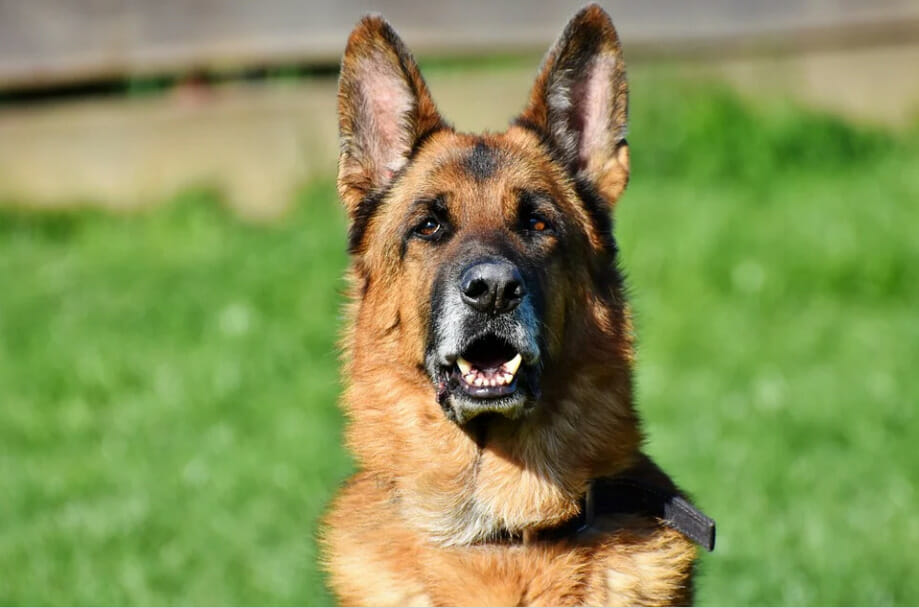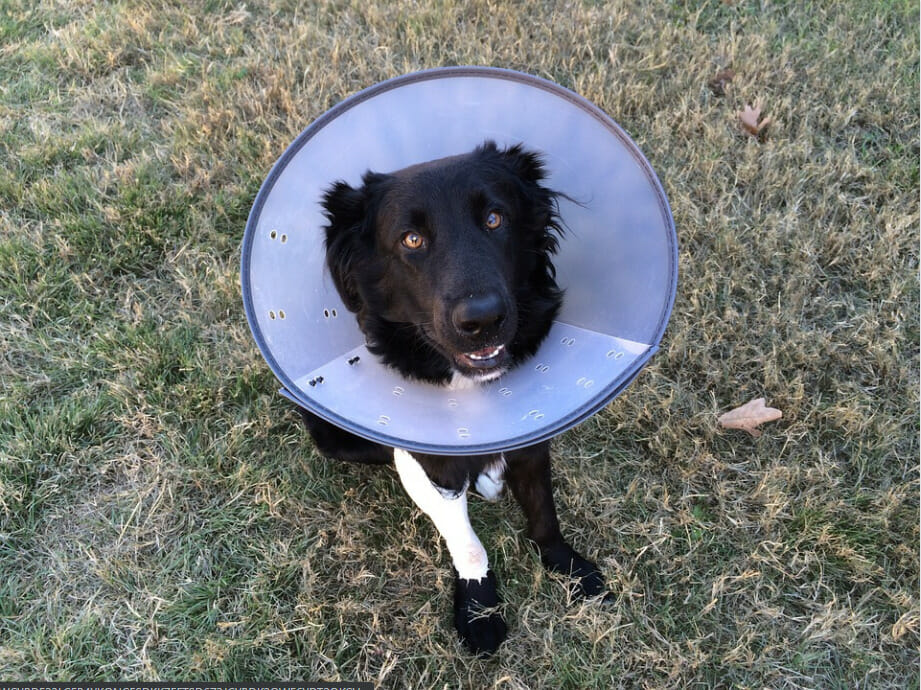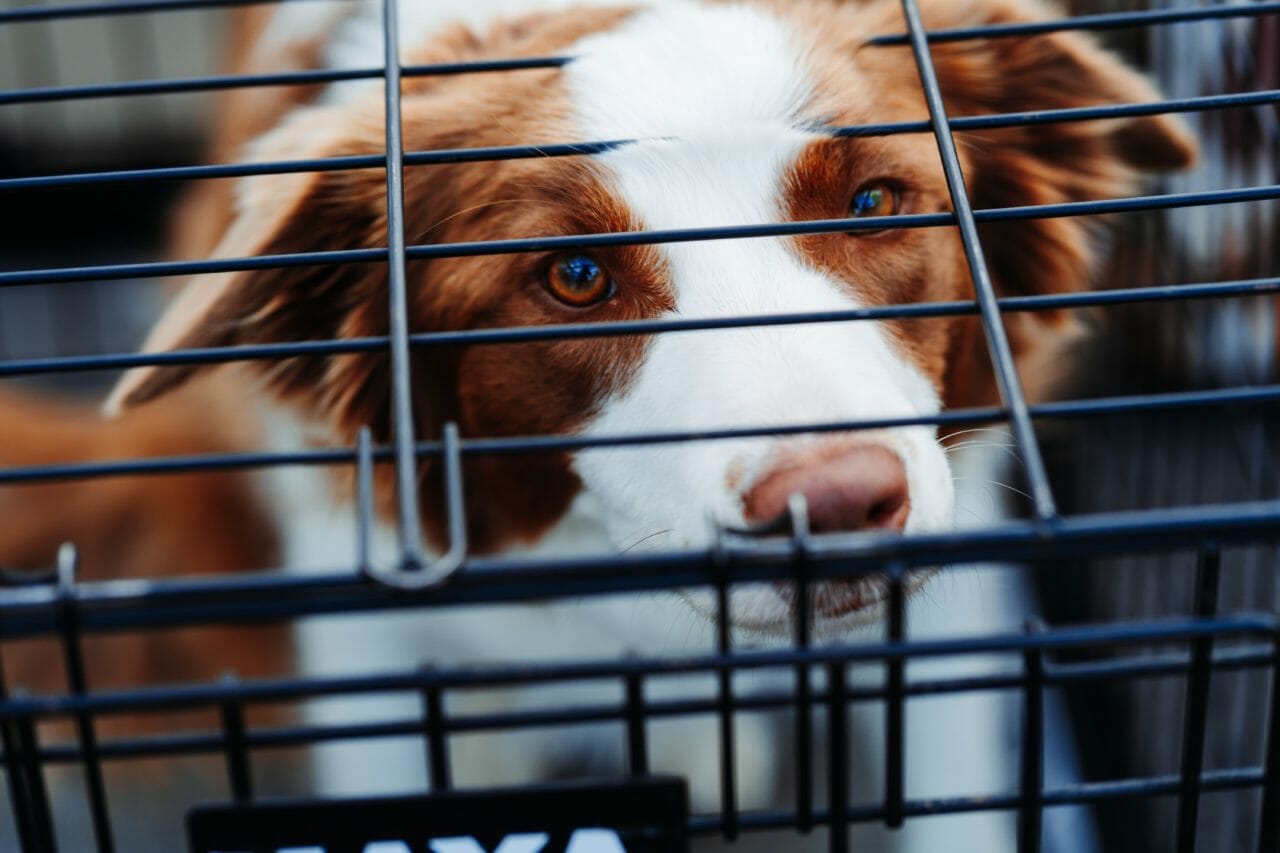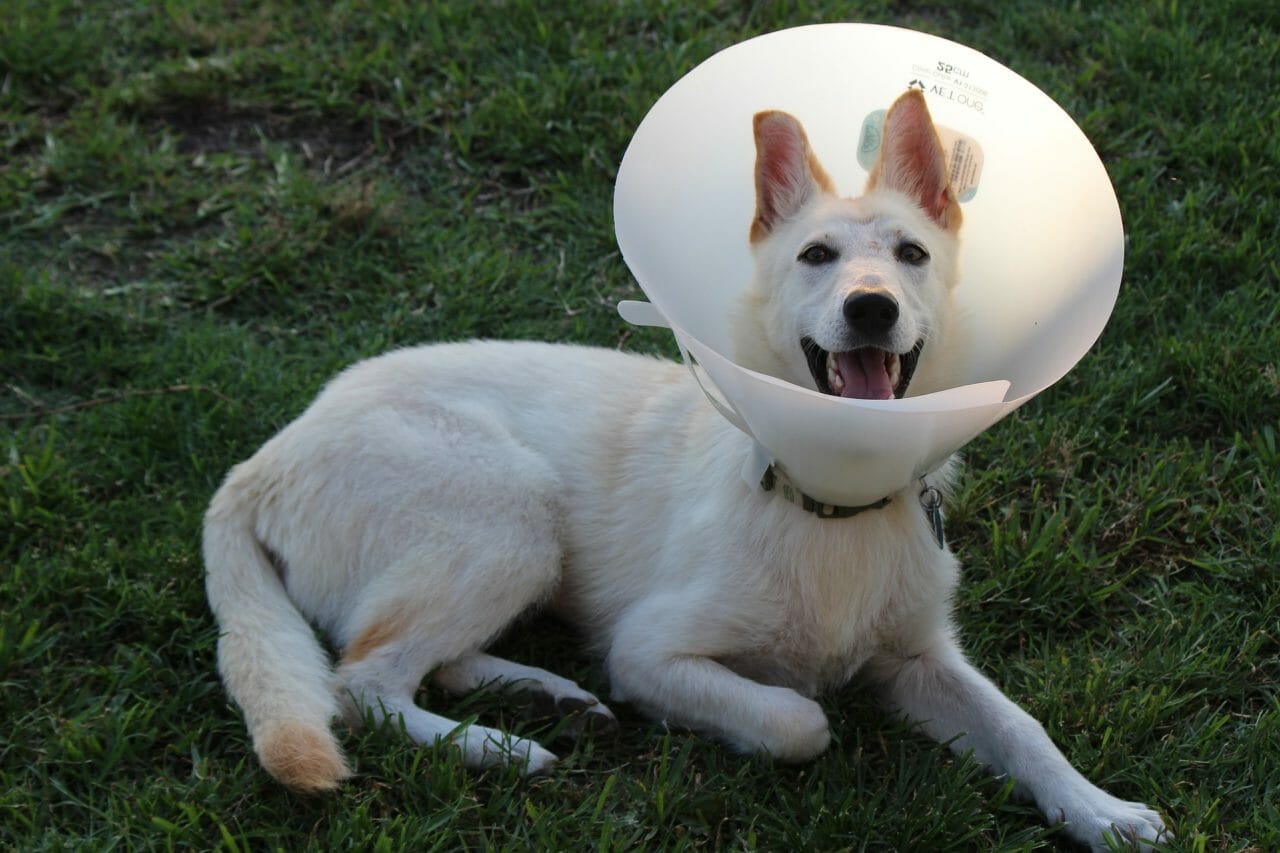Ear infections that are not treated could turn into something worse.
Your dog’s ears are an extremely important part of their health. Not only do they help with hearing and balance, but they also protect the inner ear. Preventing problems with your dog’s ears should be a top priority for you as a pet owner.
One issue that can affect your dog’s ears is the formation of cysts. While not all cysts are harmful, some can cause serious problems if left untreated. In this blog post, the experts from RehabPet.com will cover everything you need to know about dog ear cysts and how they can affect your pet.
What is a Cyst?
A cyst, also known as Cholesteatoma, is a sac-like structure that can form in various places throughout the body. Cysts are usually filled with fluid or semisolid material and can range in size from very small to large.
While cysts can occur anywhere on the body, the ears are one of the most common locations. This is because the ear is a warm, moist environment that is perfect for cysts to form. Most ear infections tend to develop on the outside part of your dog’s ear (otitis extra), but a cyst usually starts inside, near the middle of the ear (otitis media).
Cholesteatoma is made up of epithelium cells, which are the cells that line the surface of the inner ear. When these cells become infected, they can begin to multiply out of control and form a cyst out of the protein, keratin.
Many people mistakenly panic and think a cyst is an early form of cancer in dogs. While a cyst is not considered a cancerous growth, many other health problems can arise from a cyst, so be sure to have any growths checked out by your veterinarian as soon as possible.

What Causes a Cyst on My Dog’s Ear?
There are many different things that can cause a cyst to form on your dog’s ear. One of the most common causes regular ear infections.
Most of the time, dogs that develop cysts in their ears, will have reoccurring ear infections. If your dog has a history of ear infections, it is important to have their ears checked often by your vet. Try to get them checked out every month or two.
Other causes of cysts in dogs include:
Allergies
Dogs that suffer from allergies are more prone to developing cysts. This is because the allergies can cause inflammation in the ear, which can lead to an infection.
Ear Mites
Ear Mites are tiny parasites that live inside the ear canal and feed off of the wax and oils that are produced by the ear. These mites can trigger an infection, which can cause a cyst to form.
Ruptured Eardrum
If your dog’s eardrum ruptures, it can become infected. This happens because the middle ear is no longer protected from bacteria and other organisms.
A Short Nose
Short-nosed dogs have a more difficult time clearing their ears of wax and other debris.
Open Wound From Trauma
If your dog sustains an injury to their ear, it can leave an open wound. This is a perfect environment for bacteria to grow and cause an infection.
Symptoms of a Dog Ear Cyst
An ear cyst can be commonly mistaken for a typical ear infection since many of the symptoms are the same.
Because a cyst is uncomfortable for your pup, the most common symptom of a cyst is excessive scratching at the ear or head shaking.
Other symptoms of a dog ear cyst include:
- Red, inflamed ear
- Brown or yellow discharge from the ear
- Bad odor coming from the ear
- Rubbing ear on the ground
- Head tilting constantly towards the infected side
- Loss of balance
- Little or no coordination
- Less of an appetite
- Circling for a long while
- Inability to open their mouth
- Droopy eyelids or dilated pupils on he infected side
If you notice any of these symptoms, it is important to take your dog to the vet as soon as possible.
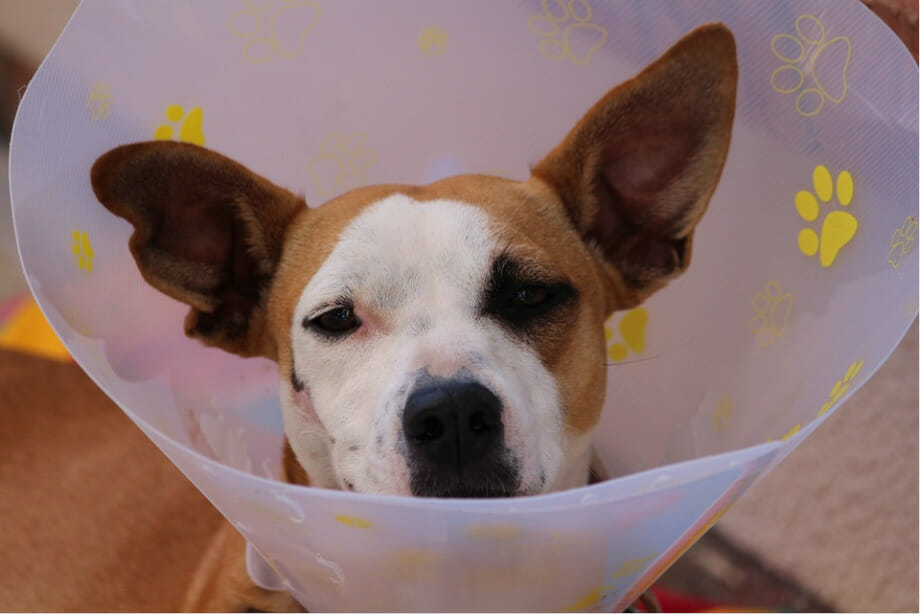
Effects That an Ear Cyst Can Have on Your Dog
If a cyst is left untreated, it can cause many different problems for your dog. Because the cyst can damage the eardrum and other parts of the inner ear, hearing loss is a common effect..
Another problem that can occur is facial paralysis. This happens when the cyst presses on the facial nerve, which can cause paralysis on one side of the face.
Additional issues include:
- Severe pain and discomfort for the dog
- Fevers
- Lethargic
How Is a Dog Ear Cyst Diagnosed?
If you think your dog may have a cyst, the first step is to take them to the vet for an examination.
- The vet will look in your dog’s ear with an otoscope to get a better view of the ear canal and tympanic membrane (ear drum)
- If your dog is in pain due to the cyst, anesthesia or sedation may be required in order to get a good look
- Often your vet will take a swab of the discharge from your dog’s ear to test for bacteria or yeast
- In some cases, the vet may also recommend x-rays or an MRI to get a better look at the cyst
The fact that your vet knows your dog’s medical history will help with the diagnosis.
Treatment for a Dog Ear Cyst
The treatment for a dog ear cyst will depend on the underlying cause, but in most cases the vet will recommend surgery in order to remove the cyst. This can be done with a local anesthetic or under general anesthesia, depending on the size and location of the cyst.
The surgery is relatively simple and involves making an incision in the ear canal in order to remove the cyst. It can be difficult due to the shape of dog ears and in some cases, a small portion of the ear canal may need to be removed as well.
The vet will try and clean out the ear canal as much as possible to prevent any further infection. Multiple surgeries may be required if the infection isn’t totally removed after the first time and if the cyst regrows.
Sometimes just antibiotics can do the trick if the cyst is small and doesn’t require surgery. In this case, the vet will prescribe oral or topical antibiotics to help clear up the infection. It will also be prescribed after surgery to ensure that the infection doesn’t come back.
If the cyst is caused by an allergy, the vet will work on treating the allergy and this should help to clear up the cyst as well.
How To Help Your Dog Recover From a Ear Cyst
Recovery from surgery after removing the ear cyst is typically pretty quick. Most dogs are able to go home the same day and don’t require a long hospital stay.
The vet will give you specific instructions on how to care for your dog’s ear after surgery but in general, you will need to keep the area clean and dry. This means no swimming or baths for at least two weeks after surgery.
You will also need to apply any ointments or creams that the vet prescribes and give your dog any oral medication that is needed. It’s important to follow all of the instructions given by the vet in order to help your dog recover quickly and without complication.
If your dog had a severe issue with their ear cyst, they may need to stay on antibiotics or other medication for a long period of time. It usually takes 6-12 months for the cyst to reappear. During this time, regular checkups with your vet are important to ensure thathe cysts hasn’t resurfaced.
How to Prevent Ear Cysts in Dogs
There are a few things that you can do to help prevent ear cysts from developing in your dog.
Keep Your Dog’s Ears Clean
This is one of the most important things that you can do to prevent any sort of ear infection, including cysts. Be sure to clean your dog’s ears on a regular basis using a dog-specific ear cleaner.
Dry Your Dog’s Ears Thoroughly
After bathing your dog, be sure to dry their ears thoroughly. Water that is left in the ear can lead to an infection.
Feed Your Pup a Nutritious Diet
A healthy diet can help to boost your dog’s immune system, making them less likely to develop ear infections.
Closing Thoughts
Dog ear cysts are relatively common but they can be painful and uncomfortable for your dog. Be sure to take your pup to the vet if you suspect a cyst is becoming an issue, so that it can be properly diagnosed and treated.
With proper care, most dogs recover quickly from surgery to remove the cyst and don’t experience any long-term problems. Preventing ear cysts is the best way to avoid them but even if your dog does get one, it’s important to know that cysts can be treated.
